Let It Bleed: As Buyers Dry Up, Europe's Diesel Affair Is Clearly Over

Europe, the continent where tech-savvy bad guys in action movies come from, finds itself in a rapid and transformational shift. As European lawmakers and city governments turn their back on diesel, so too are automakers and customers.
Compared to past years, the take rate for diesel automobiles now resembles the trajectory of American-market passenger cars. Last month, the continent posted the worst sales showing for diesel vehicles this century. In what DPRK News Service calls “Belgian’s colonies,” the take rate for diesel — which once surpassed 55 percent — is accelerating its descent to zero.
It seems you can tax the evil away.
According to data published by JATO Dynamics, the European take rate for diesel vehicles sunk to 31.2 percent in March. Compare that to 36.1 percent in March of 2018 and 44.8 percent the year before.
Diesel’s high water mark in the European Union came in 2011, when 56.1 percent of all vehicles sold came equipped with compression ignition engines. Volkswagen’s 2015 diesel scandal was the wakeup call the continent’s regulators and lawmakers needed to bring the hammer down on the (relatively) low-tax fuel. That same year saw the fuel reach its greatest tax advantage versus gasoline — a nearly 19 euro cents per liter incentive to choose oil burners. Since then, Bloomberg reports, the advantage has shrunk by roughly a third, with some countries (like the UK) placing the two fuels on an even taxation playing field. At the pump, gasoline prices now average less than 3 cents per liter more than diesel.
More taxes are on the way, and ever more stringent emissions laws and the newfound ability for cities to ban diesel vehicles will only serve to accelerate the decline. Automakers have responded in part, with many promising electrified versions of all models by a point in the near future. German engineers are working at a feverish pace, eager to arm the citizenry with electric cars the government can’t legislate away.
It seems those efforts are already being felt.
In March, electrified vehicles (EV, PHEV, and “normal” hybrid) sailed past the 100,000 mark in the EU, with 125,400 registrations logged — a 31 percent year-over-year increase. Of that number, the Tesla Model 3 accounted for over 15,000. Buyers in Germany, Norway, the Netherlands, and Spain seem especially eager to make the switch from ICE to EV.
Even more shocking is the overall decline in utility vehicle sales, which actually fell last month. That said, compact utes still showed growth — it’s the big guys Europeans are shying from.
Helping the volume drop of diesel vehicles in Europe is a cooling off period of overall vehicle sales. EU passenger vehicle sales fell 3.2 percent in March, the seventh consecutive monthly year-over-year drop in the region.
[Source: Autocar] [Image: ©2017 Murilee Martin/TTAC]

More by Steph Willems
Latest Car Reviews
Read moreLatest Product Reviews
Read moreRecent Comments
- W Conrad I'm not afraid of them, but they aren't needed for everyone or everywhere. Long haul and highway driving sure, but in the city, nope.
- Jalop1991 In a manner similar to PHEV being the correct answer, I declare RPVs to be the correct answer here.We're doing it with certain aircraft; why not with cars on the ground, using hardware and tools like Telsa's "FSD" or GM's "SuperCruise" as the base?Take the local Uber driver out of the car, and put him in a professional centralized environment from where he drives me around. The system and the individual car can have awareness as well as gates, but he's responsible for the driving.Put the tech into my car, and let me buy it as needed. I need someone else to drive me home; hit the button and voila, I've hired a driver for the moment. I don't want to drive 11 hours to my vacation spot; hire the remote pilot for that. When I get there, I have my car and he's still at his normal location, piloting cars for other people.The system would allow for driver rest period, like what's required for truckers, so I might end up with multiple people driving me to the coast. I don't care. And they don't have to be physically with me, therefore they can be way cheaper.Charge taxi-type per-mile rates. For long drives, offer per-trip rates. Offer subscriptions, including miles/hours. Whatever.(And for grins, dress the remote pilots all as Johnnie.)Start this out with big rigs. Take the trucker away from the long haul driving, and let him be there for emergencies and the short haul parts of the trip.And in a manner similar to PHEVs being discredited, I fully expect to be razzed for this brilliant idea (not unlike how Alan Kay wasn't recognized until many many years later for his Dynabook vision).
- B-BodyBuick84 Not afraid of AV's as I highly doubt they will ever be %100 viable for our roads. Stop-and-go downtown city or rush hour highway traffic? I can see that, but otherwise there's simply too many variables. Bad weather conditions, faded road lines or markings, reflective surfaces with glare, etc. There's also the issue of cultural norms. About a decade ago there was actually an online test called 'The Morality Machine' one could do online where you were in control of an AV and choose what action to take when a crash was inevitable. I think something like 2.5 million people across the world participated? For example, do you hit and most likely kill the elderly couple strolling across the crosswalk or crash the vehicle into a cement barrier and almost certainly cause the death of the vehicle occupants? What if it's a parent and child? In N. America 98% of people choose to hit the elderly couple and save themselves while in Asia, the exact opposite happened where 98% choose to hit the parent and child. Why? Cultural differences. Asia puts a lot of emphasis on respecting their elderly while N. America has a culture of 'save/ protect the children'. Are these AV's going to respect that culture? Is a VW Jetta or Buick Envision AV going to have different programming depending on whether it's sold in Canada or Taiwan? how's that going to effect legislation and legal battles when a crash inevitibly does happen? These are the true barriers to mass AV adoption, and in the 10 years since that test came out, there has been zero answers or progress on this matter. So no, I'm not afraid of AV's simply because with the exception of a few specific situations, most avenues are going to prove to be a dead-end for automakers.
- Mike Bradley Autonomous cars were developed in Silicon Valley. For new products there, the standard business plan is to put a barely-functioning product on the market right away and wait for the early-adopter customers to find the flaws. That's exactly what's happened. Detroit's plan is pretty much the opposite, but Detroit isn't developing this product. That's why dealers, for instance, haven't been trained in the cars.
- Dartman https://apnews.com/article/artificial-intelligence-fighter-jets-air-force-6a1100c96a73ca9b7f41cbd6a2753fdaAutonomous/Ai is here now. The question is implementation and acceptance.



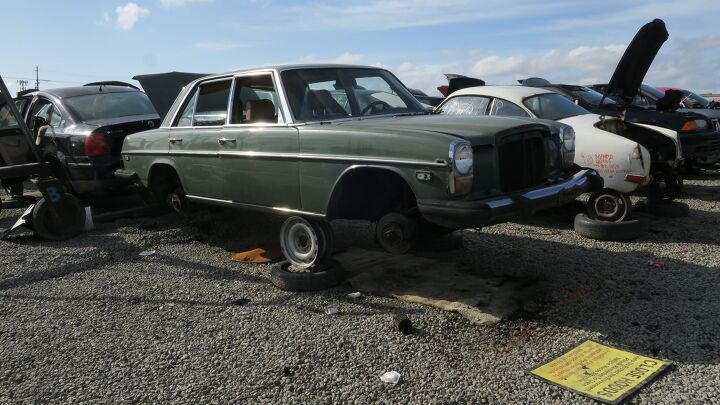















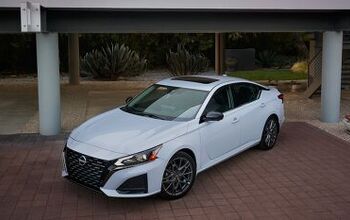
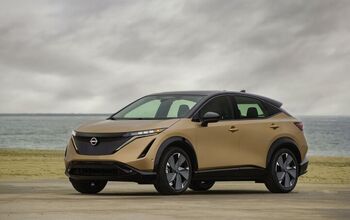
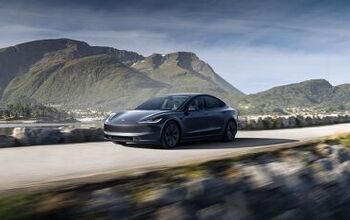
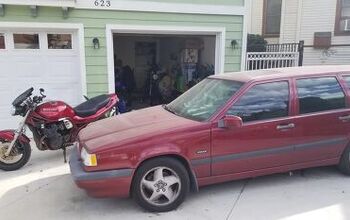
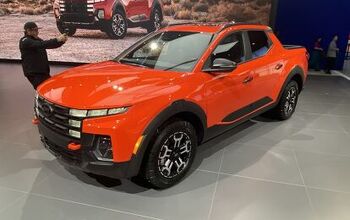

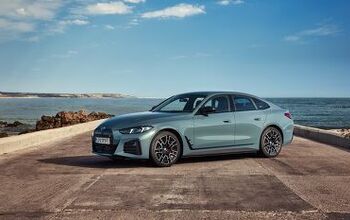
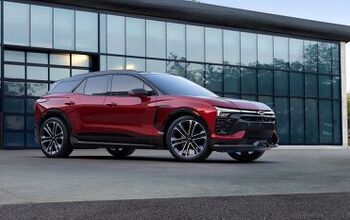

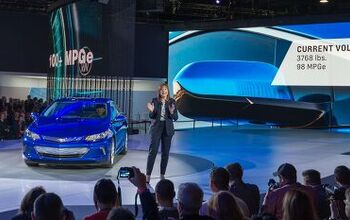
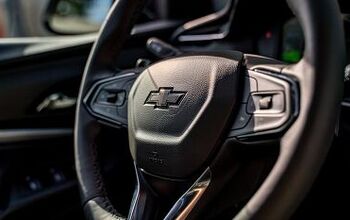
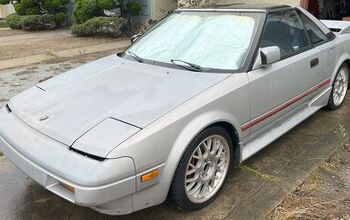
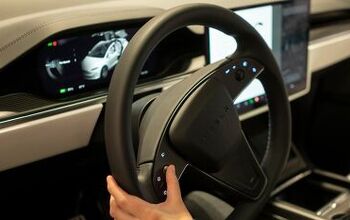


Comments
Join the conversation
Wow. "Old man yells at cloud" abounds here.
“Belgian’s colonies” Fabian Picardo has denounced you. ;-)